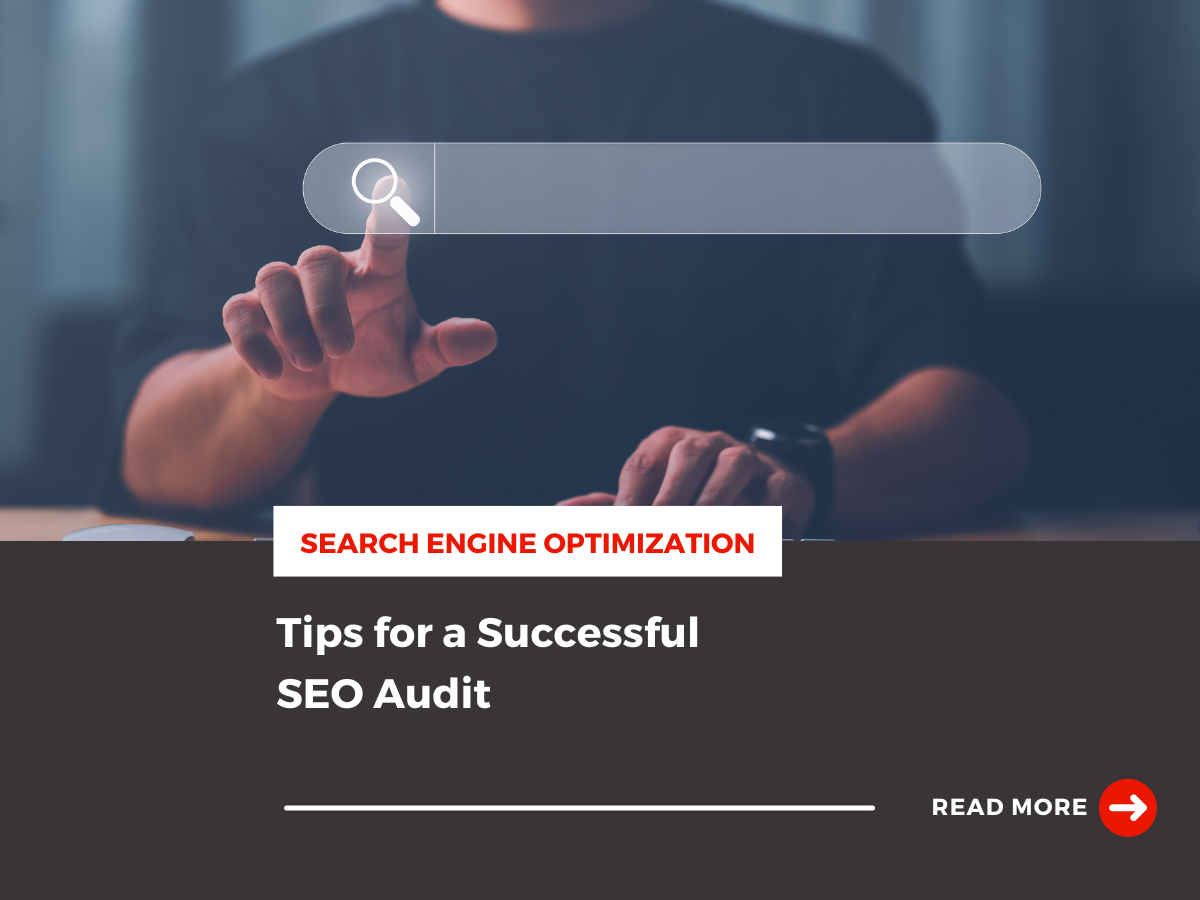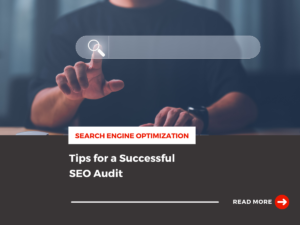Search engine optimization (SEO) is now one of the most crucial contributors to having your brand discovered by potential customers. 28.5% of people click the first result on Google, with the click-through rate dropping heavily after the first result. With brands in every industry fighting for the top spot on Google search results, it is more important than ever to ensure your SEO is reaching its full potential. A technical SEO audit is a helpful first step in identifying how to improve your SEO strategy and generate more organic traffic to your site.
What is a Technical SEO Audit & Why is it Necessary?
Technical SEO refers to the operations and strategies that take place on the backend of your site to make it easier for search engines to crawl your website, assess its value, and improve your site’s rankings in search results. A technical SEO audit will take note of various factors to determine its ranking capabilities. These include site load time, cohesive links, backend code and the strength of the content on your site. All of these factors affect your website conversion rates, bounce rates, and search engine rankings.
A technical SEO audit helps verify that your site is equipped to maintain strong search engine rankings and avoid falling behind competitors. If your content is outdated or your load speeds are too slow, consumers will tire of your site, and so will the algorithm, making it harder for potential customers to discover your services. A technical audit can help you identify these issues before it is too late.
Search engine algorithms also change their criteria regularly and begin to weigh certain factors more than others. Therefore, you should assess your site on a regular basis by performing small monthly audits. We recommend conducting a complete technical audit two to four times a year, depending on the size and scale of your business.
What Affects a Website’s SEO Performance?
A website’s SEO performance is affected by a long list of factors, as there are multiple front-end and back-end contributors to your site’s accessibility for both humans and search engine bots. Sites with better overall performance and easier navigation will often rank higher. The following are some of the most important determinants of a website’s SEO performance.
Website Security & Accessibility
Site security and accessibility directly impact your site’s reputation with search engine bots. Secure sites with an encrypted connection will protect your brand and website visitors against hacking. With an accessible and easy-to-read site, your website is more likely to be crawled and indexed by search engines.
Page Speed
Page load speed affects URLs with a good page experience and is one of the key ranking factors for search engine algorithms. A page should take no longer than 2-3 seconds to load fully; otherwise, page bounce rates begin to increase considerably. According to a recent Aberdeen Group study, every one-second delay in page load time results in the following:
-
- 7% decrease in conversions
- 11% decrease in page views
- 16% decrease in customer satisfaction
Mobile Friendliness
Today, 63% of online searches start from a mobile device. This is important because Google prioritizes mobile-first indexing as the baseline for determining a website’s rankings. Sites that are optimized for a mobile-friendly experience will see better performance in search results.
Optimized Content
In order to improve rankings, content should be engaging and genuinely helpful to those who visit your site and include an appropriate number of relevant keywords to demonstrate the intent of each page. In many ways, more written content on your site is better, providing more pages for the bots to understand your site and more opportunities for your site to rank. However, weak and repetitive content can do more harm than good. Therefore, it is also crucial to identify and eliminate thin or duplicate content throughout your site.
Technical SEO Audit Checklist
A complete technical SEO audit is an involved process and can take up several days to complete. However, this process is crucial to completely analyze all front-end and back-end aspects of your site and determine potential improvements. During a full technical site audit, you should be sure to conduct the following steps.
Crawl Your Website
Crawling your website is the first crucial step toward conducting a successful audit, and there are several tools you can use to help. Tools like SEMRush and Screaming Frog are helpful in this process, as they can crawl your site and provide feedback on ways to improve your site’s performance. These tools often highlight issues like broken links, ineffective keywords, and unlinked pages.
Google Search Console provides unique insight into your site ranking capability, including what is known as your crawl budget. Your crawl budget refers to how many pages Google Analytics is analyzing on your site and how often. Understanding your crawl budget will help you make the most of every page on your site. Google Analytics can also help you view other helpful statistics, like your site’s impressions, clicks, and search ranking position.
Test Core Web Vitals
Testing core web vitals gives you strong insight into the technical performance of your website and its effect on user experience (UX). Core web vitals directly affect the user experience and are key determinants of whether a consumer will remain on your site. The three main components of core web vitals are:
- Largest Contentful Paint (LCP): The amount of time it takes for the largest block of content to load on the screen.
- First Input Delay (FID): How long it takes the site to respond to the first given interaction.
- Cumulative Layout Shift (CLS): Whether content moves around on your webpage as it loads.
-
- First Contentful Paint (FCP)
- Interaction to Next Paint (INP)
- Time to First Byte (TTFB)Other notable page speed metrics include:
-
Essentially, the vitals refer to loading speeds, page responsiveness, and visual stability. Issues with any of the core vitals can frustrate site visitors, lower conversion rates, and impact your rankings. Some of the best tools used for measuring user experience on your page are PageSpeed Insights and GTmetrix. These tools run multiple reports to help you diagnose issues that affect your site’s speed and performance, including unhelpful code, excessive page redirects, and faulty formatting.
Identify Site Structure Improvements
Site structure plays a large role in your SEO. Not only does your site need to be structured to provide an efficient experience for consumers, but it needs to be cohesive and easy for search engine bots to follow. A strong user experience (UX) encourages customers to stay and interact with your site, which strengthens your conversion rates and demonstrates to search engines that your site is valuable and helpful to potential customers.
Your site’s internal linking structure is another vital part of your ranking. Factors like broken links and page redirects waste your crawl budget and can confuse site visitors. A complete technical site audit will help you identify and fix broken links, page redirects, and error pages.
Take Control of Your Search Engine Optimization
Optimizing your website for search engines is one of the best ways to generate more conversions and connect with new customers. A technical site audit is a comprehensive but valuable process. Fortunately, you don’t have to do it alone. If you are interested in conducting a successful technical SEO audit, Kanbar Digital can help. We offer a long list of SEO services to help connect brands with their customers in the moments that matter. To start optimizing your site, contact Kanbar Digital today.




